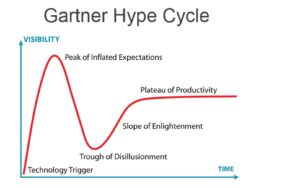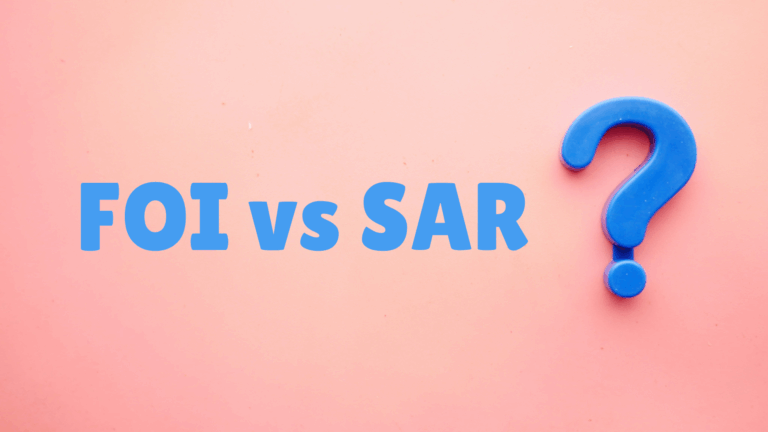INTRODUCTION
Artificial Intelligence (AI) and associated products have rapidly evolved into a groundbreaking field, captivating the public’s imagination and revolutionising key industries — in particular, early adopters such as ad-tech, e-commerce and finance — these pathfinders for the real beneficial opportunities in health, education and agriculture.
However, with such rapid progress comes a wave of hype, inflated expectations, and subsequent disillusionment. This phenomenon, known as the “Hype Cycle“, is an inherent part of the adoption and maturation process of emerging technologies.
Today, I will explore the Hype Cycle in the context of AI, and introduce Amara’s Law, a principle that provides valuable insights into the trajectory of AI technologies.
WHAT IS THE HYPE CYCLE?
The Hype Cycle, developed by research firm Gartner, illustrates the typical pattern of adoption and maturity of emerging technologies. It comprises five distinct phases: the Technology Trigger, Peak of Inflated Expectations, Trough of Disillusionment, Slope of Enlightenment, and Plateau of Productivity.
(1) Technology Trigger:
This phase marks the introduction of a new technology or concept, generating significant excitement and curiosity. Breakthroughs like deep learning and reinforcement learning have sparked tremendous interest in AI, capturing the public’s attention and driving investments.
(2) Peak of Inflated Expectations:
As the technology gains momentum, hype surrounding its potential reaches its zenith. Media outlets, industry experts, and companies often exaggerate the transformative capabilities of AI, creating inflated expectations. Unrealistic projections of AI-driven utopias and hyper-intelligent machines abound in this phase.
(3) Trough of Disillusionment:
As the initial hype subsides, reality sets in, and limitations and challenges become apparent. The Trough of Disillusionment is characterised by disappointment, skepticism, and negative sentiment. AI technologies may fall short of the lofty promises made during the peak, leading to a temporary dip in public perception.
(4) Slope of Enlightenment:
During this phase, the technology matures as researchers and practitioners address challenges and learn from past experiences. The Slope of Enlightenment is marked by a more balanced understanding of AI’s potential, and successful applications start to emerge.
(5) Plateau of Productivity:
After overcoming obstacles and demonstrating value, the technology reaches a stable state of adoption. In the Plateau of Productivity, AI technologies become integrated into various industries, providing practical solutions and delivering tangible benefits.

AMARA’S LAW: A GUIDE THROUGH THE HYPE CYCLE
CONCLUSION

Sources:
Gartner Hype Cycle Research Methodology (2019) Gartner. Available https://www.gartner.co.uk/en/methodologies/gartner-hype-cycle.
Mulvey, R. (2022) Amara’s law and Bitcoin, Medium. Available at: https://medium.com/coinmonks/amaras-law-and-bitcoin-fb4054cac3db
By Nigel Gooding LLM, FBCS





